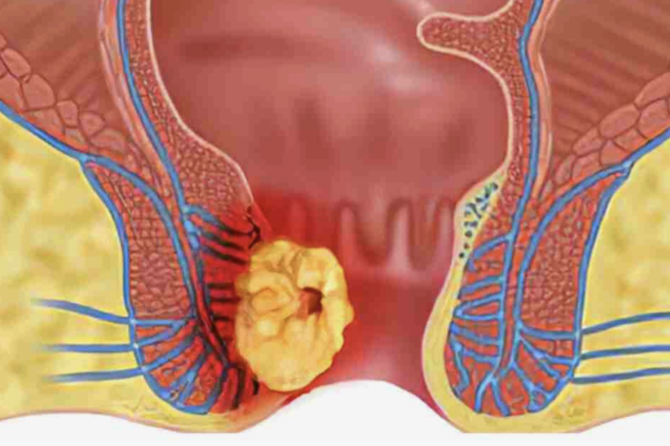
What are the Types of Anal Fistula?
An anal fistula is defined as an abnormal tunnel structure in the anal region. These tunnels create an inflamed connection between the anal canal and the skin and are often associated with infection-related issues such as abscesses. Anal fistulas are highly uncomfortable for patients and present symptoms such as pain, swelling, and discharge in the affected tissues. Discharge from the fistula may lead to foul odor and persistent irritation, negatively impacting one’s daily life. If left untreated, anal fistulas have a progressive nature and can become more widespread over time, making the treatment process more challenging.
Types of Anal Fistula
Anal fistulas do not have the potential to heal on their own and always require surgical intervention. Some patients may delay treatment thinking the fistula will heal on its own, but this may lead to worsening of the condition. In advanced cases, anal fistulas may spread to a larger area, affecting the tissues in the anal region. Early diagnosis and treatment are crucial for both the patient’s health and quality of life.
Intersphincteric Anal Fistula
The most common type of anal fistula, intersphincteric fistula, spreads from the muscles in the anal area toward the skin surface. This type creates a pathway from the inner part of the anal muscles to the skin surface and is often associated with abscesses. Patients with this type may experience pain and discomfort during or after bowel movements. Intersphincteric fistulas can be treated surgically, and drainage of the abscess and elimination of infection are essential steps.
Transsphincteric Anal Fistula
The transsphincteric anal fistula extends through the major muscle groups in the anal area, reaching the skin surface. This type of fistula affects the outer muscles of the anal canal, leading to a broader spread. Treatment involves surgical removal of the fistula tract and drainage of the abscess. Care is required during surgery to avoid damaging the muscle tissue in the anal area.
Suprasphincteric Anal Fistula
The suprasphincteric anal fistula is more complex and grows by passing through all the anal muscles toward the skin surface. This type affects all muscles surrounding the anus, spreading outward. Without treatment, suprasphincteric fistulas may increase the formation of abscesses and continue to spread. Surgical intervention is necessary for treatment, including drainage of the abscess and removal of inflamed tissue.
Extrasphincteric Anal Fistula
The extrasphincteric anal fistula differs from other types by usually forming without an abscess and developing without inflammation. This type often results from trauma or postoperative complications. Extrasphincteric fistulas are located outside the anal muscles and extend toward the skin surface. The treatment process requires surgical intervention similar to other fistula types, though there is a lower risk of infection.
Treatment of Anal Fistula
In the treatment of anal fistulas, surgery is the only solution for recovery. Medication alone cannot provide healing; however, antibiotic therapy may be recommended after surgery to support recovery. The abscessed areas are opened, the infection is drained, and the fistula tract is removed through surgical methods. It is essential for the surgeon to preserve the muscle tissue in the anal area during treatment to prevent permanent damage. In most cases, any weakness in the muscle tissue heals quickly after surgery, allowing the patient to resume normal life.
Leave a reply


Leave a reply